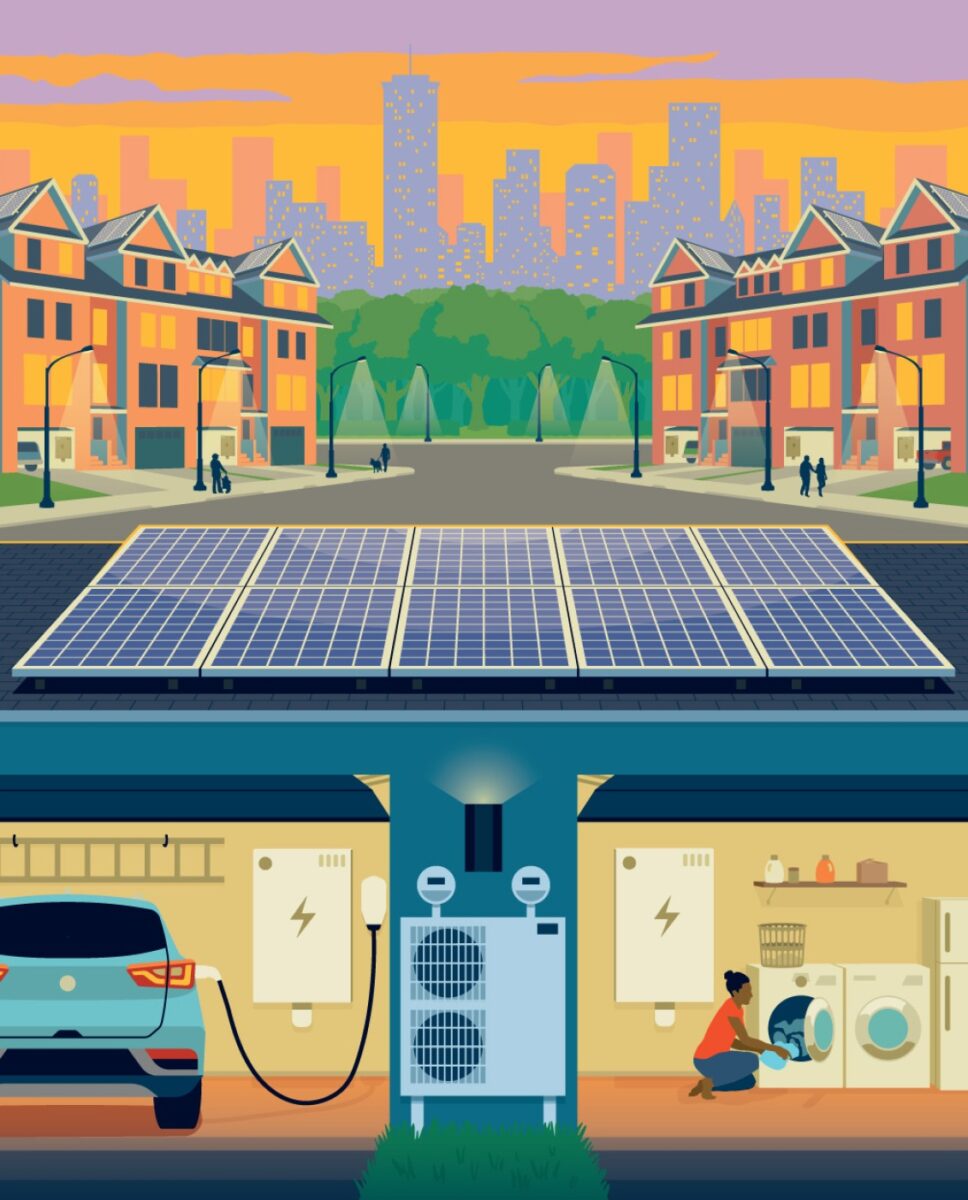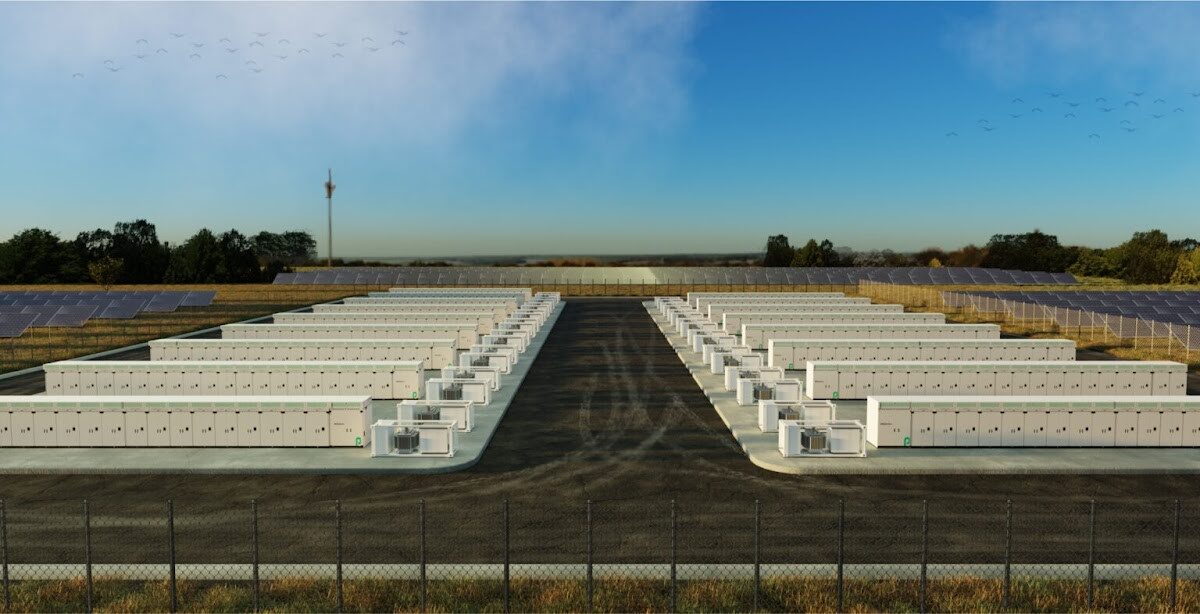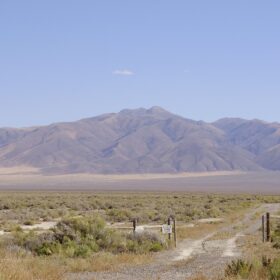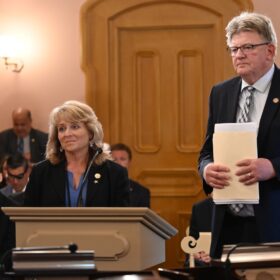The U.S. electric grid is undergoing a historic transformation—one defined by the rise of distributed energy resources (DERs), the evolution of retail markets, and the emergence of Virtual Power Plants (VPPs). What began with the policy reforms of the 1970s and 1990s is now accelerating due to federal mandates, technological advances, and growing demand for flexible, decentralized energy solutions.
In this three-part Op-Ed series, we explore the forces shaping today’s DER markets—from regulatory milestones to the technical infrastructure enabling real-time participation in wholesale energy markets.
Part One of this series begins with a look at the regulatory foundation that opened U.S. energy markets to competition and laid the groundwork for DER integration.
The roots of DER markets – how federal policy opened the grid
The integration of Distributed Energy Resources or DERs – such as solar, storage, and demand response—into U.S. energy markets is accelerating, driven by regulatory reform and technological innovation. FERC Order 2222 mandates that ISOs and RTOs accommodate aggregated DERs, forming the basis for Virtual Power Plants (VPPs). Yet, participation remains complex, requiring strict compliance with metering, telemetry, and dispatch standards.
This paper traces the evolution of DER integration, highlights technical and regulatory requirements across major markets, and emphasizes the critical role of data and analytics. Successful market access demands advanced metering, intelligent controls, and deep regulatory fluency. As DERs become essential to grid reliability and decarbonization, stakeholders must invest in scalable, interoperable systems to unlock the full economic and operational value of distributed energy.
Introduction
The integration of DERs into the U.S. electricity grid is transforming the energy landscape. The efforts to allow non-utility generation that began with the Public Utility Regulatory Policies Act or PURPA in the late 1970s has been followed more than five decades later by the Federal Energy Regulatory Commission’s (FERC) Order No. 2222, which mandates that Regional Transmission Organizations (RTOs) and Independent System Operators (ISOs) revise their market rules to allow DER aggregations to participate in wholesale markets.
The development of demand response programs allowed the organized markets, with the help of market participants, to advance their protocols and innovative companies to develop technologies to support distributed energy resource aggregations, which we now refer to as Virtual Power Plants.
Each ISO/RTO faces unique challenges in implementing these changes, reflecting regional grid characteristics, regulatory environments, utility’s willingness to adapt, and other stakeholder dynamics. Here we provide some perspective on the evolution of the markets, technologies and market rules that have enabled this part of the energy transition.
A look back at history: The legislation that opened energy markets
The Public Utility Regulatory Policies Act (PURPA), enacted in 1978 as part of the National Energy Act, marked a transformative shift in the structure of the U.S. electricity market. Passed in response to the energy crises of the 1970s, PURPA aimed to reduce dependence on fossil fuels and promote energy conservation and efficiency. One of its most groundbreaking elements was opening the door for non-utility generation—introducing competition into what had been a monopolized industry.
At its core, the Act mandated that electric utilities purchase power from qualifying facilities, or QFs, at the utility’s “avoided cost”—the cost the utility would incur to generate or purchase the power elsewhere. The QFs were typically cogeneration plants or combined heat and power (CHP) associated with larger loads. The introduction of QFs had profound implications for local electric distribution systems.
Previously, distribution infrastructure was designed for one-way power flow from centralized utility generators to end-users. With the advent of distributed QFs, especially CHP embedded within local grids, utilities had to adapt to a new paradigm of two-way power flow and decentralized energy inputs.
This necessitated upgrades to metering, protection systems, and grid management practices. Utilities also faced operational and economic challenges, such as load balancing and voltage regulation, as more independent sources entered the grid.
However, PURPA also created opportunities—diversifying generation sources, improving grid resilience, and encouraging technological innovation in power systems. By creating a market mechanism for non-utility generation to compete with traditional utilities, PURPA fostered innovation and competition that continue to shape today’s energy landscape. It was the first step toward unbundling generation from transmission and distribution, a concept that has since become a cornerstone of modern electricity markets.
Power markets evolve – Driven by policy and information technology
The Energy Policy Act of 1992 marked a transformative moment in U.S. electricity policy. It amended the Public Utility Holding Company Act (PUHCA) and the Federal Power Act (FPA) to enable and advance competition in the wholesale electricity market.
The Act allowed FERC to require utilities to provide open access to their transmission lines. It further enabled non-utility generators (independent power producers, or IPPs) to transmit power over the lines of traditional utilities – facilitating something called “wheeling”. This all created a legal pathway for new entrants to generate and sell electricity without traditional regulatory burdens. Although the Act didn’t create wholesale markets directly, it gave FERC the tools to facilitate such markets.
Competition in the retail markets drives innovation
Retail electricity market restructuring in the U.S. began in the 1990s, with states like California, New Jersey, Illinois, and Texas. There is no deregulation at the national or federal level. Deregulation allowed retail customers to choose their electricity providers and in most cases decoupled generation from delivery service.
California launched its effort in 1998, though early challenges, including the 2000–2001 energy crisis, slowed momentum. New Jersey and Illinois followed with programs designed to allow customers, especially commercial and industrial ones, to shop for competitive rates. Texas, particularly with its ERCOT-managed grid, created one of the most robust competitive markets beginning in 2002.
Competition encouraged innovation, giving rise to new products and services tailored to customer needs. Retail energy providers introduced variable and fixed-rate plans, green energy options, prepaid electricity and bundled energy services. Additionally, competition spurred investment in customer-facing technologies such as smart meters and web-based energy management tools.
While the extent and success of competition can be debated, it did catalyze a more consumer-centric energy market, laying the foundation for today’s evolving landscape of distributed energy resources and digital energy platforms.

Richard Zdunkewicz is co-founder and CEO of Distributed Energy Clearinghouse®, a Power Grid Resilience Fintech company that provides advanced analytics of the distributed energy value stack and DER investments in all markets across the United States. Distributed Energy Clearinghouse® provides its products and services to project developers, consultants and end users.
Richard has more than 25 years of experience working in the Grid Edge environment on both the demand and supply side. Before founding Distributed Energy Clearinghouse® Richard was Vice President, Consulting for Wood Mackenzie, a global research and consultancy firm. Richard’s work experience also includes management roles at Acclaim Energy, Sempra Energy and Centrica.
The views and opinions expressed in this article are the author’s own, and do not necessarily reflect those held by pv magazine.
This content is protected by copyright and may not be reused. If you want to cooperate with us and would like to reuse some of our content, please contact: editors@pv-magazine.com.








By submitting this form you agree to pv magazine using your data for the purposes of publishing your comment.
Your personal data will only be disclosed or otherwise transmitted to third parties for the purposes of spam filtering or if this is necessary for technical maintenance of the website. Any other transfer to third parties will not take place unless this is justified on the basis of applicable data protection regulations or if pv magazine is legally obliged to do so.
You may revoke this consent at any time with effect for the future, in which case your personal data will be deleted immediately. Otherwise, your data will be deleted if pv magazine has processed your request or the purpose of data storage is fulfilled.
Further information on data privacy can be found in our Data Protection Policy.